

If you’re serious about maintaining your Mercedes-Benz and saving on costly dealership diagnostics, having the best code reader for Mercedes is a must. Whether you’re a DIY enthusiast, a professional mechanic, or somewhere in between, a reliable Mercedes-Benz fault code reader gives you the power to detect problems early, avoid breakdowns, and keep your car running like new.
In this comprehensive guide, AutoExplain’ll review the top 10 code readers for Mercedes-Benz, explaining their key features, what makes them stand out, and how they can elevate your diagnostic game.
Table of Contents
ToggleA code reader for Mercedes-Benz is a diagnostic tool that connects to your vehicle’s OBD2 (On-Board Diagnostics) port. It reads and interprets trouble codes from the ECU, TCM, ABS, SRS, and other control modules. These tools can be used to identify why the Check Engine light is on, reset warning lights, read live sensor data, and even perform advanced diagnostics specific to Mercedes systems.
Some high-end Mercedes diagnostic code readers even allow coding and programming functions, making them essential tools for workshop-level repairs.
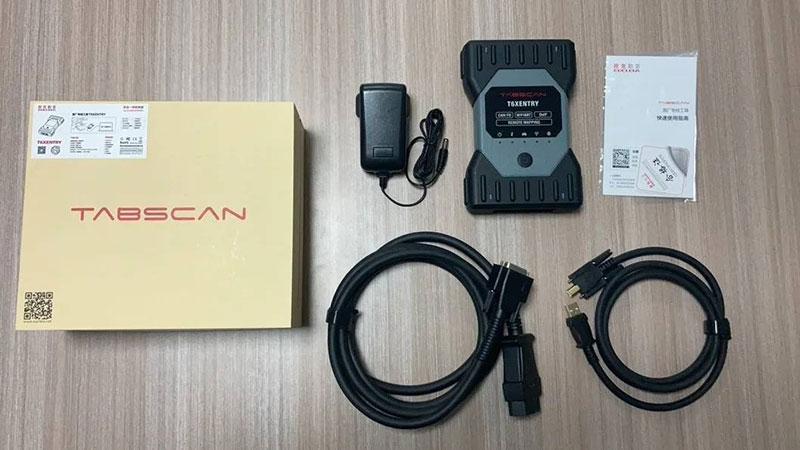
When shopping for a code reader for Mercedes, consider the following factors:
Choosing the best code reader for your Mercedes-Benz depends on your specific needs, budget, and technical expertise. Here’s a detailed comparison of some of the top code readers available in the market:
The SD Connect C4 is a dealership-level diagnostic interface used with Xentry/DAS software. It connects via LAN or Wi-Fi to a laptop and provides full access to Mercedes-Benz systems from legacy models to the latest vehicles.
Pros:
Cons:
Features:
=> Click here to get Xentry Software Download Link
=> Click here to get DTS Monaco Software Download Link
=> Click here to get Vediamo Software Download Link
=> You can Contact AutoExplain via WhatsApp number +1(936)2896695 to get software installation support and guidance
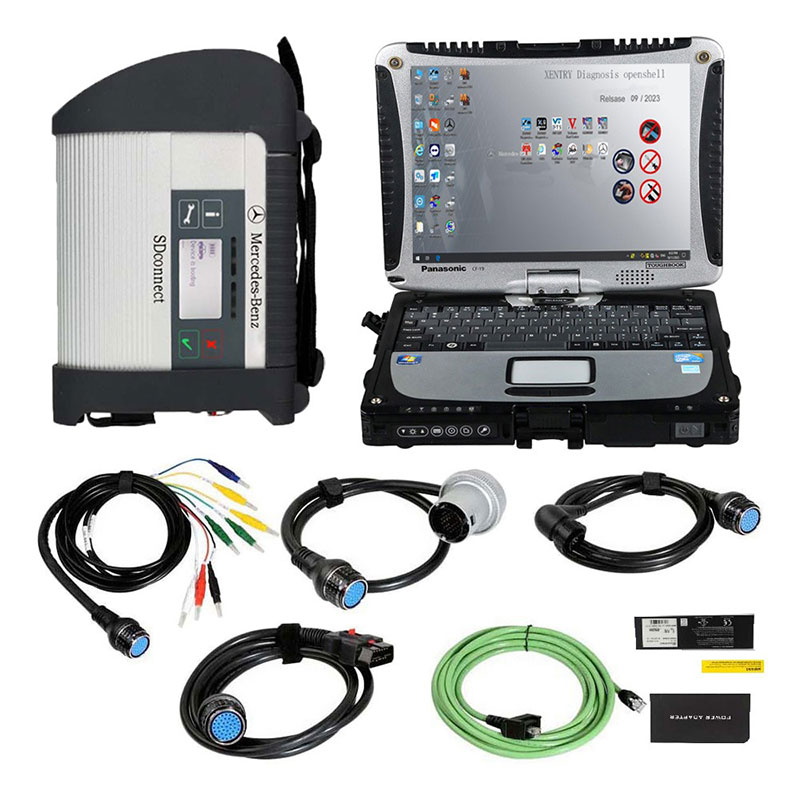
The SD Connect C5 is an upgraded version of the C4, offering the same functionalities but with improved build quality, faster communication, and better resistance to voltage fluctuations.
Pros:
Cons:
Features:
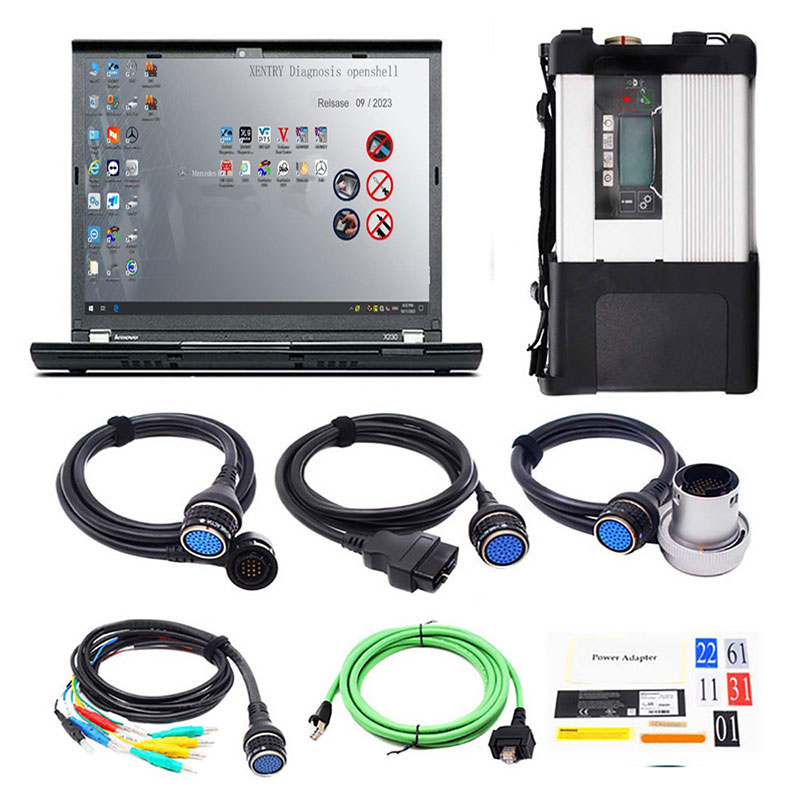
The SD Connect C6 is the latest and most powerful version in the Star Diagnostic lineup. It offers enhanced connectivity (DoIP-ready) and supports the newest Mercedes-Benz vehicles with the latest Xentry versions.
Pros:
Cons:
Features:
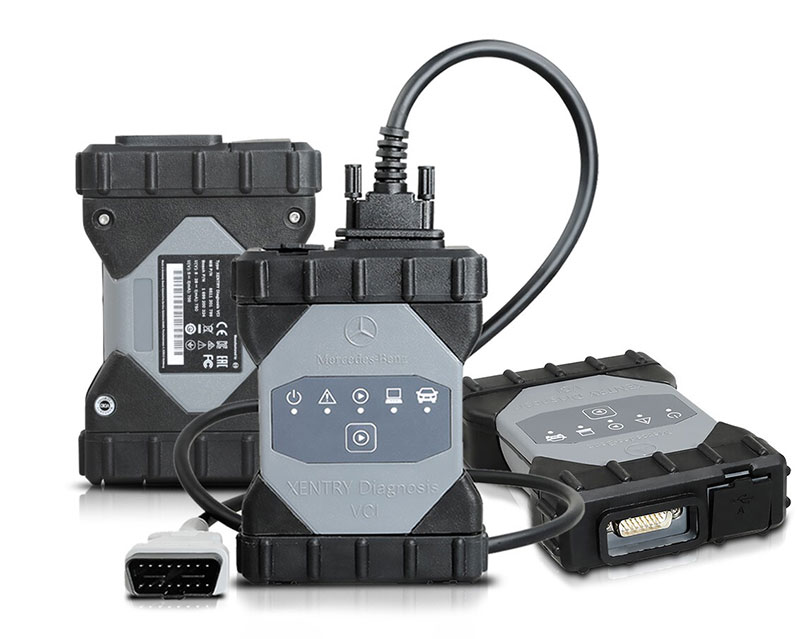
The TabScan T6 is a powerful DoIP-capable VCI that works seamlessly with Mercedes-Benz Xentry software, both online and offline. It’s compact, easy to set up, and widely used by professionals who want dealership-level capabilities without the bulk of traditional SD Connect devices.
Pros:
Cons:
Features:
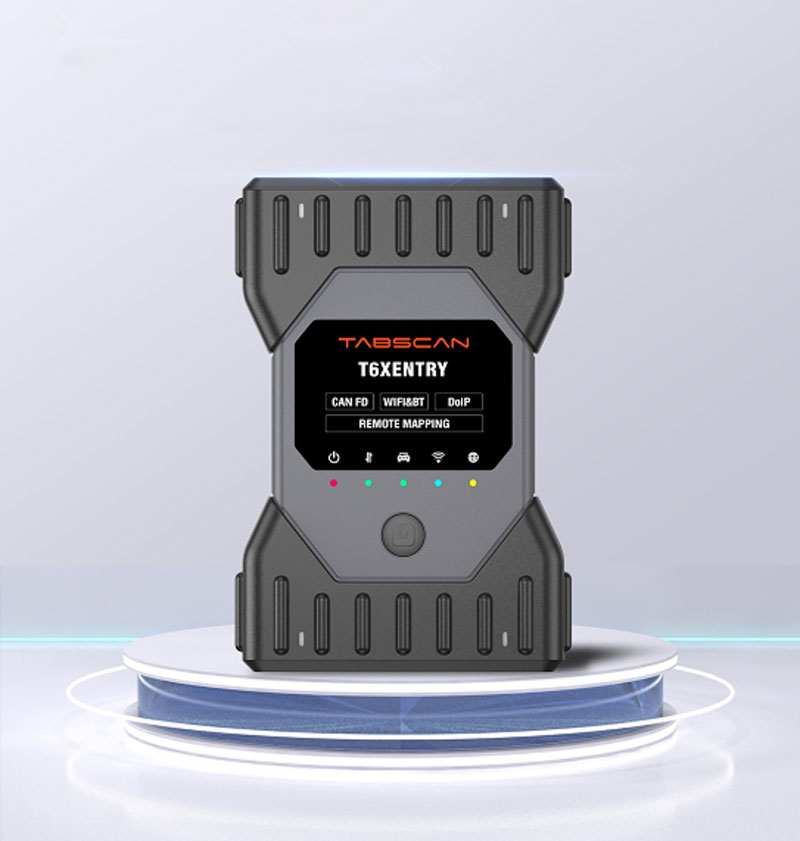
The iCarsoft MB V3.0 is built specifically for Mercedes-Benz vehicles, offering deep system access and many advanced features in a compact handheld format.
Pros:
Cons:
Features:
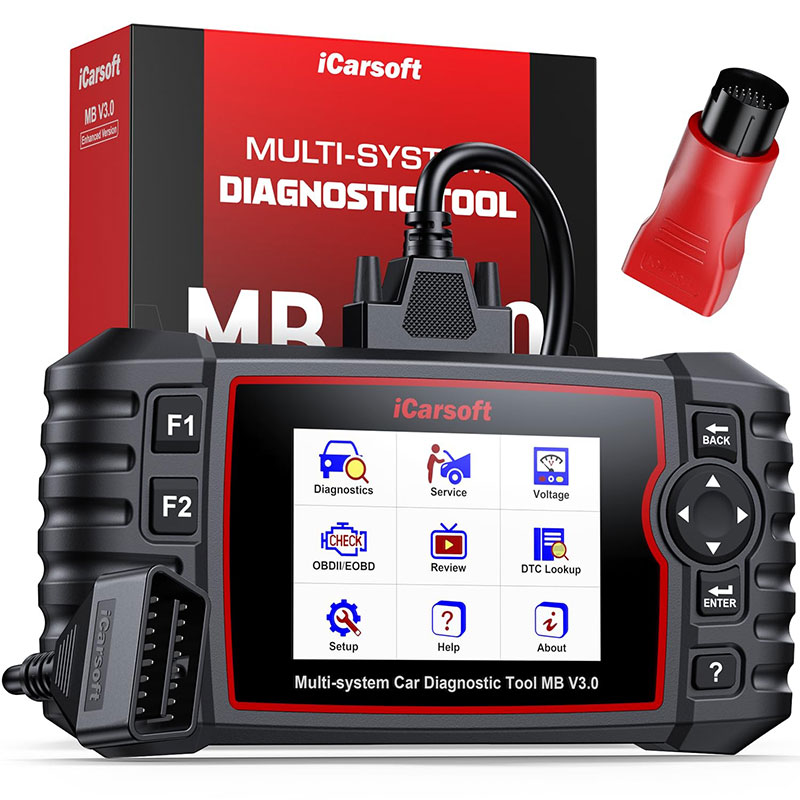
The Launch X431 PROS Mini is a workshop-grade scan tool that supports professional-level functions such as SCN coding, active tests, and online programming.
Pros:
Cons:
Features:
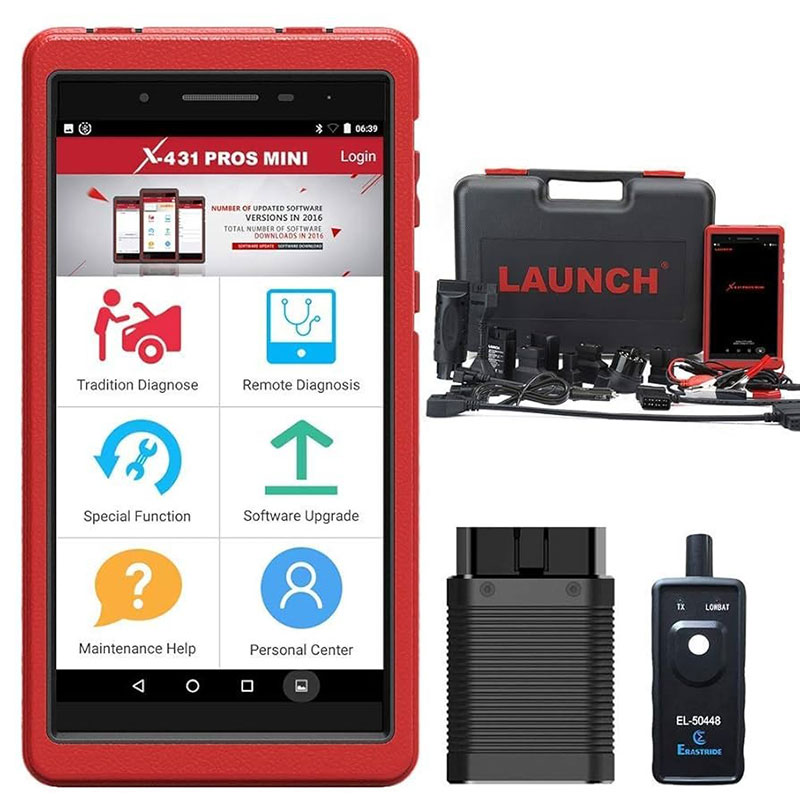
The Foxwell NT530 is a brand-specific diagnostic tool with in-depth capabilities for Mercedes. It provides great value for its price and is easy to operate.
Pros:
Cons:
Features:
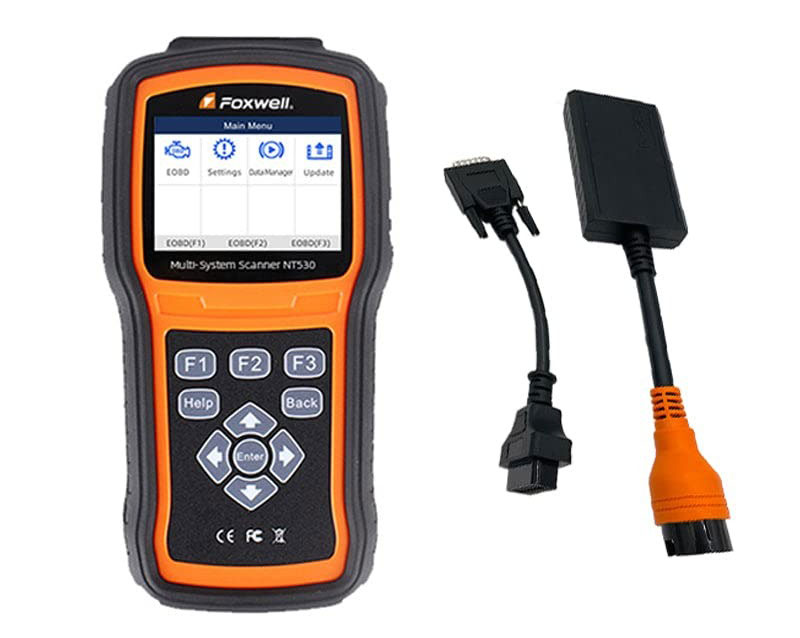
The Autel MaxiSys MS906 Pro is a premium scan tool for Mercedes with powerful diagnostic capabilities, ideal for professional workshops.
Pros:
Cons:
Features:
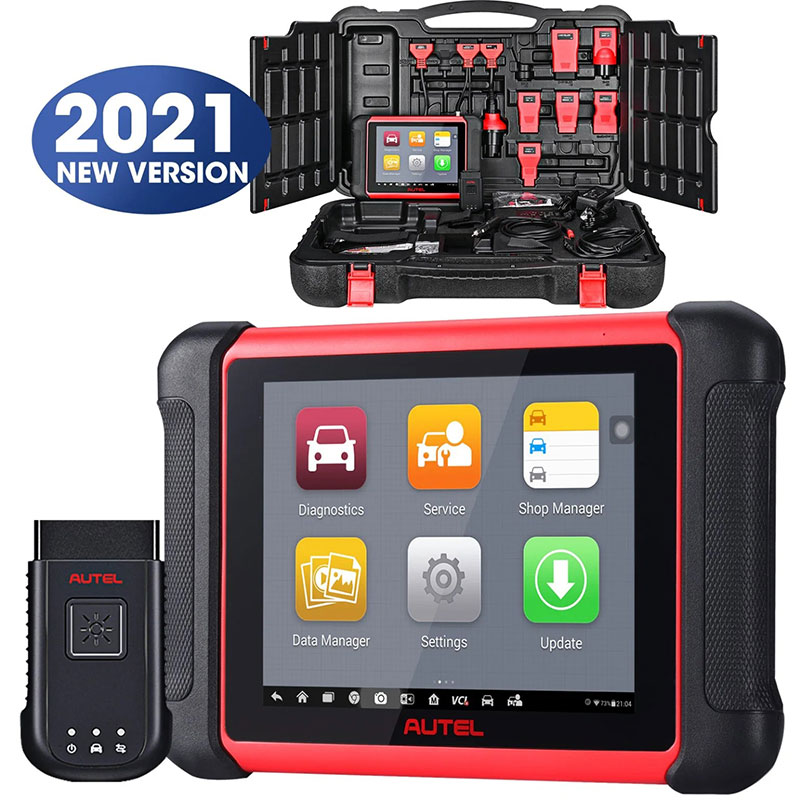
The Autel MaxiCOM MK808 is a feature-rich diagnostic tool designed for both DIYers and mechanics. It offers wide system coverage for Mercedes-Benz and provides full access to maintenance and service functions.
Pros:
Cons:
Features:
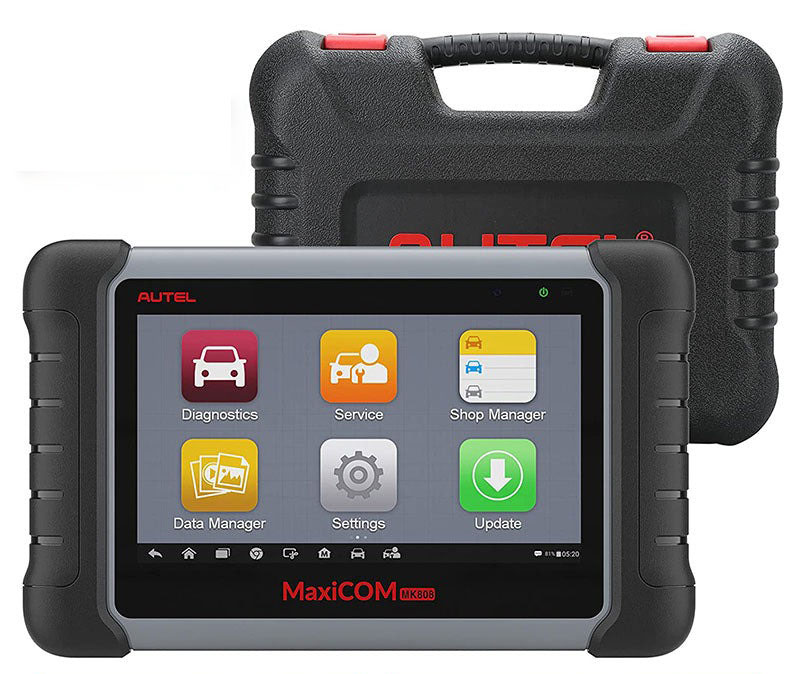
The ThinkScan Plus S7 is a compact, affordable option offering basic diagnostics and service resets for Mercedes-Benz vehicles.
Pros:
Cons:
Features:
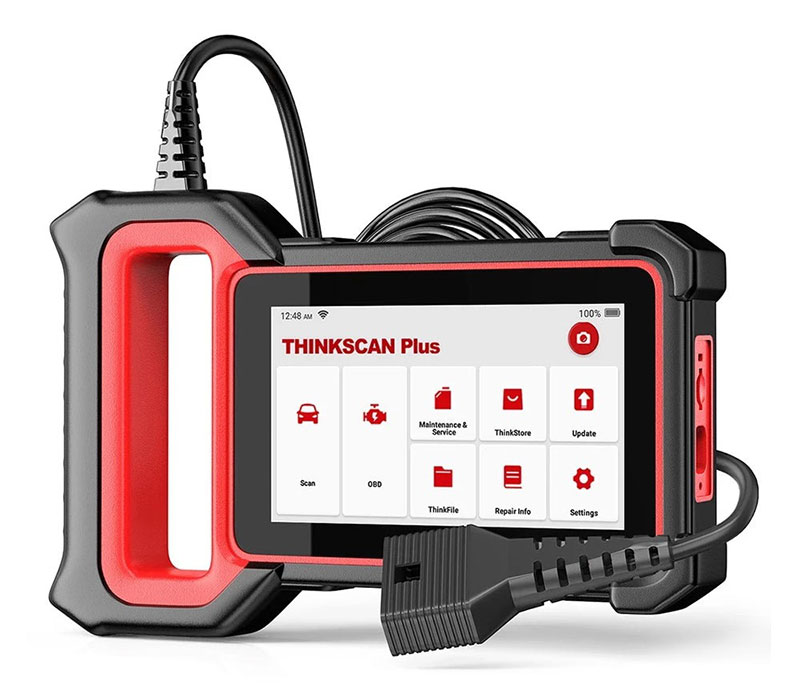
Using a code reader on your Mercedes-Benz is a straightforward process. Follow these steps to diagnose and clear DTCs:
The OBD-II port is typically located under the dashboard on the driver’s side. Refer to your vehicle’s owner’s manual for the exact location if needed.
Plug the code reader into the OBD-II port. Ensure the connection is secure.
Turn the ignition key to the “ON” position without starting the engine. The code reader should power on automatically.
Use the code reader’s menu to select the appropriate diagnostic functions. Typically, you’ll need to select the vehicle’s make, model, and year.
Select the “Read Codes” or “Diagnostic Codes” option to retrieve any stored DTCs. The code reader will display the DTCs along with their descriptions.
Use the code reader’s built-in OBD II library or online resources to interpret the DTCs. Understand the potential causes and troubleshooting steps for each code.
After addressing the underlying issue, select the “Clear Codes” or “Erase Codes” option to clear the DTCs from the vehicle’s computer system.
After clearing the DTCs, start the engine and monitor the vehicle’s performance. Ensure the issue has been resolved and no new DTCs appear.
For serious Mercedes-Benz diagnostics, not all code readers are created equal. While handheld scanners are useful for basic maintenance, professional technicians and workshop owners need tools that can handle dealer-level diagnostics, SCN coding, variant coding, and even online programming.
That’s where top-tier tools like the Mercedes-Benz SD Connect C4, C5, and C6 DOIP truly shine.
The SD Connect C4 remains a trusted favorite for comprehensive diagnostics on older and mid-generation models.
The SD Connect C5 improves durability and adds DoIP support, making it ideal for more recent models.
The MB Star C6 DOIP is the most advanced OEM-level multiplexer, perfect for high-speed diagnostics and online coding of the latest Mercedes platforms.
And if you want the power of Xentry in a more compact, user-friendly device, the TabScan T6Xentry is a game-changer—blending professional features with modern convenience and mobility.
These tools go far beyond reading fault codes—they empower you to troubleshoot, adapt, program, and code like a factory technician, even in demanding environments.
At AutoExplain, we specialize in helping Mercedes-Benz owners, technicians, and workshop professionals find the perfect diagnostic tool for their needs. Whether you’re not sure which scanner fits your model or you need guidance on setup and usage, our experts are here to help.
👉 Contact AutoExplain today for:
Personalized recommendations tailored to your vehicle and usage
Step-by-step guidance on how to install and use your diagnostic software
Technical support for SD Connect, Xentry, OBD tools, and more
Contact AutoExplain today for expert assistance:
WhatsApp: +1(936)2896695
Email: [email protected]
Website: AutoExplain
Don’t waste time or money on the wrong tool. Let AutoExplain help you diagnose like a pro — confidently, accurately, and affordably.
Choosing the best code reader for Mercedes-Benz depends on your needs. If you’re a professional technician or shop owner, go for advanced tools like the Autel MS906 or Launch X431. For DIY users, the iCarsoft MB V3.0 or Foxwell NT530 offer amazing value and features.
With the right Mercedes diagnostic code reader, you’ll be able to:
Whether you’re chasing a persistent ABS light or just want to monitor your engine’s performance, these tools will give you insight and confidence. So plug in, scan away, and let your Mercedes code reader do the talking!
Frequently Asked Questions (FAQ)
Q: Can I use a generic OBD2 scanner on a Mercedes-Benz?
A: Yes, but only for basic functions. For full access to Mercedes systems, you’ll need a Mercedes-specific code reader.
Q: What’s the difference between a code reader and a scan tool?
A: A code reader pulls basic fault codes. A scan tool offers full diagnostics, live data, bi-directional tests, and sometimes programming.
Q: Do these tools require internet access?
A: Some need internet for updates or online functions, but many work offline once installed.
Q: Is it safe to clear codes without fixing the problem?
A: It’s better to fix the underlying issue. Clearing without fixing can temporarily remove warning lights but not solve the problem.
Q: Which tool offers SCN coding?
A: Tools like Launch X431 and Autel MaxiSys MS906 support advanced features like SCN coding.








At AutoExplain, we provide automotive online repair service, auto repair tips, car repair manuals & document & training course to help mechanics of all experience levels—fix vehicles efficiently
AUTO EXPLAIN LLC
Employer Identification Number (EIN):
38-4349958
Whatsapp Us: +1(936)2896695
Gmail: [email protected]
Our Workshop: 1500 N Grant ST Sten Denver, Colorado, United States
Copyright 2025 © AutoExplain